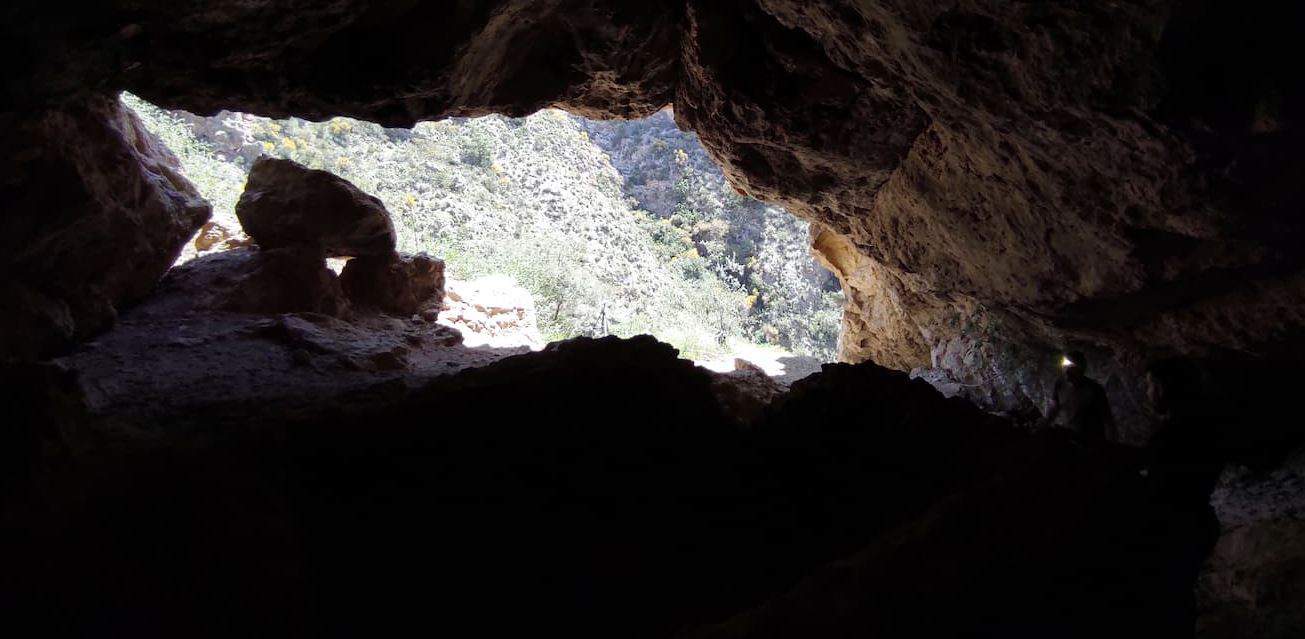
In a cave in Granada, miners searching to extract lead-rich minerals made a startling discovery.
The Cave of the Bats in Albuñol became the backdrop for this find. Although the mining company sent them there due to its mineral potential, they soon stumbled upon something far more valuable. Upon entering, they came across an archaeological treasure dating back 10,000 years.
Jorge Alcalde, a scientific communicator, described the discovery as “unique.” Inside the cave, they found 14 objects from the Mesolithic era, including a funerary set, mummified human remains with a diadem, and sandals, the latter considered the oldest in Europe.
Francisco Martínez, an archaeologist from the University of Alcalá de Henares, emphasized the rarity of the find, as organic remains generally do not preserve over time. The absence of humidity and air circulation in the cave acted like a “drying chamber,” allowing for the preservation of these artifacts.
Furthermore, Alcalde mentioned that the geological and climatic conditions of the cave facilitated the preservation of these items over millennia. The discovery not only provides insight into the daily lives of our ancestors but also their funeral rituals.
